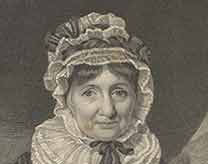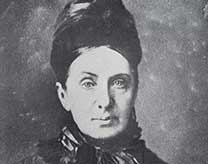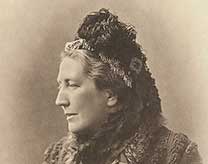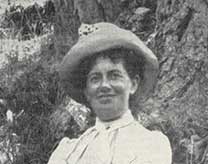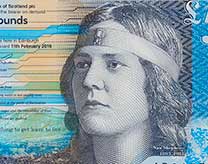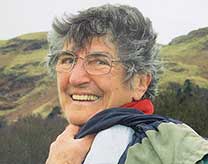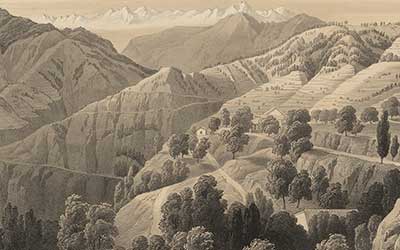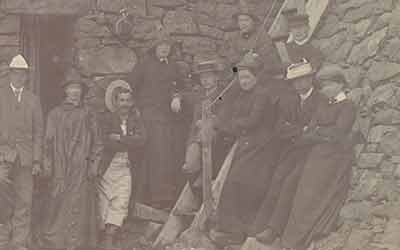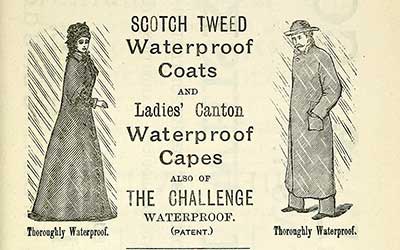Social attitudes to the mountains
For early visitors, the mountains were seen as dark and forbidding, the home of spectral creatures and wild men. For those who lived there, the crofters, shieling maids and shepherds, the mountains defined their way of life.
Changing artistic fashions turned mountain wilderness into picturesque destinations. Experiencing the mountains, being 'at one' with them, was an important aspect of romantic landscape appreciation. Artistic ideals of the mountains were often expressed from an outsider's perspective. The voices of the people who live there are little heard.

